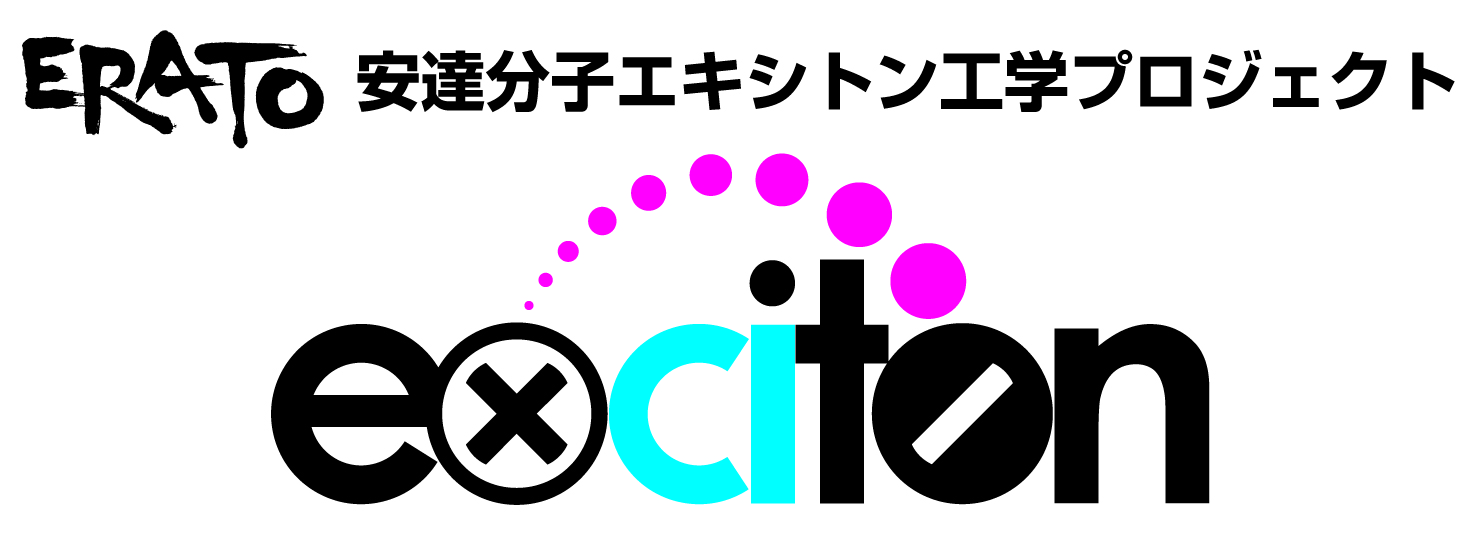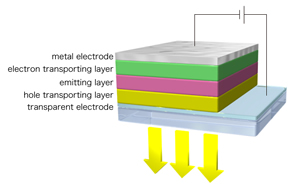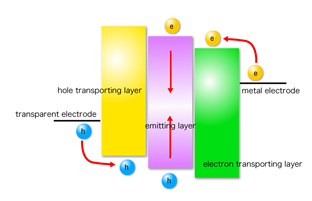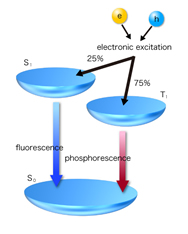Organic Light-Emitting Diode (OLED)
1.Organic Light-Emitting Diode (OLED) | 2.Organic Field-Effect Transistor (OFET) | 3.Organic Laser Diode (OLD) | 4.Organic Solar Cell (OSC)
Organic Light-Emitting Diode (OLED)
Organic light emitting diodes (OLEDs) based on multi-layer OLED structures were started in the middle of 80th. Organic materials and devices are a prime focus of OLED research. The successful OLED technology has already been put to practical use in car-monitor, mobile phone display and organic TV. Now, OLED developments aiming for high efficiency and long lifetime have been extensively studied both in academia and industry in the worldwide.
Organic electroluminiscent display

OLEDs realized a great success in the display market, since OLEDs have rapid response less than micro-second, full-color and high contrast ratio. A large effort has been made to increase the emission efficiency and improve the stability of OLEDs.
Fundamental structure of OLEDs
OLEDs have quite simplified device structure. Ultra thin films of organic material (typically 100nm) can be deposited on transparent electrode (ITO) substrates by various techniques.
Carrier transport and recombination in OLEDs
As organic semiconductors, we combine electron and hole transport layers with an emitter layer to enhance EL efficiency. We select highly efficient emitter materials as an emitter. Also, we can realize extremely low driving voltage of OLEDs by proper selection of organic material and device configuration.
Fluorescence and phosphorescence
The most important key technology is usage of organic phosphorescence molecules. Although OLEDs using fluorescence materials achieved high reliability, EL efficiencies are low because of their limitation of the singlet exciton production efficiency (~25 %) by electrical excitation. Since exciton production ratio under electrical pumping is 1:3 for the singlet-to-triplet exciton, phosphorescence materials are crucial for high EL efficiency. Recently OLEDs using phosphorescence materials achieved exciton production efficiency of ~100 %, resulted in 20% external EL efficiency.













